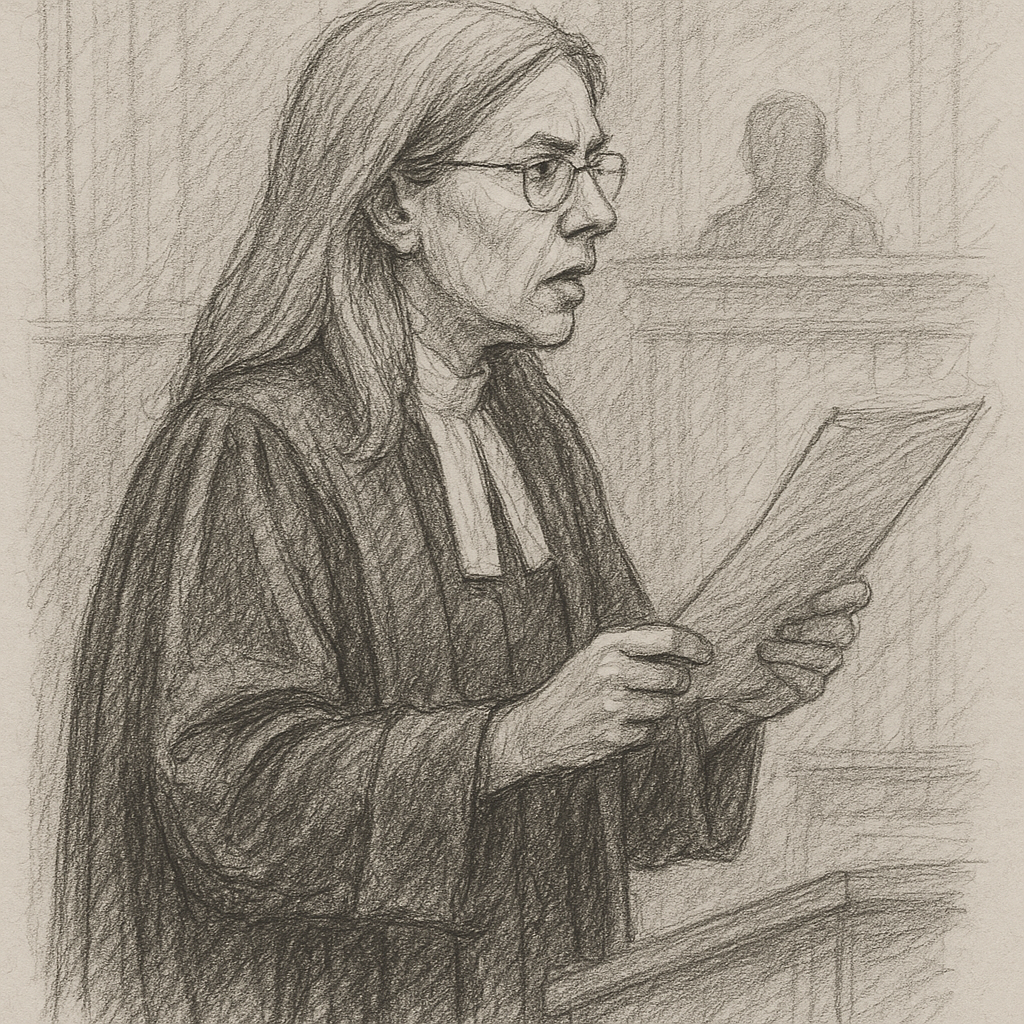Human-centred design is like true crime
I have been intently following the mushroom trial, which has been in court over the last 8 weeks. This is the case where a woman from regional Victoria is being tried for killing 3 people with a meal made from death cap mushrooms. It is not a clear cut case, with no direct evidence. The decision as to whether Erin Patterson will be convicted of 3 counts of murder and one count of attempted murder, falls on the jury to decide.
As I listen to one of the many ‘mushroom trial’ podcasts, I get a look inside the workings of an Australian criminal court case, and I can't help drawing parallels to my work as a human-centred designer.
The prosecutor
Through the weeks of the trial, witnesses have been called, and mountains of seemingly disjointed evidence has been presented. It was really hard to follow and to understand how and why all the pieces of information were relevant. It has felt like the 'messy middle' that we experience with every single design project. The confusion before the clarity.
Just like a design researcher, the prosecutor Dr Nanette Rogers SC, expertly organised the evidence, packaged it up into four neat bundles, giving each bundle a name (the four deceptions that Erin orchestrated). In her closing argument, she described each deception undoubtedly giving the jurors a clear way to think about and process the evidence.
As one Mushroom Case Daily podcast listener said, "took this impressionist painting of a case into some sort of clarity". So much of our work in design projects is about gathering large amounts of information and then organising it into themes or categories that the team can work with and make decisions from.
The jury
The parallels between human-centred design and the law go even further. The jury, who is randomly selected from a cross section of the community, is just like a panel of co-design participants for a digital health service These cohorts should be representative of our diverse community. In practice, some groups are excluded from juries. People who are lower income earners, can not afford to take time off work to sit on a jury. People who live in regional or remote parts of Australia, can not practically travel so far to participate. And people with disabilities may not be able to participate due to lack of infrastructure and support. In our projects, we actively recruit participants from these groups, to ensure a true representation of Australian health consumers.
The judge
Finally, the judge is like a co-design workshop facilitator. The judges role in this case right now, is to explain the law to the jury and keep the jury focussed. In human-centred design, the design workshop facilitator must help the participants and stakeholders to understand best practice design principles and to keep them focussed on problems to solve, the design goals to meet. In 2020, Donald Norman talked about the role of the modern designer being that of an educator and facilitator. The designer doesn't decide, just like the judge, Justice Beale will not decide. The people of the jury will.
Watching this trial unfold has reminded me how much of our design practice is about making sense of ambiguity, providing clarity and creating space for others to contribute. In both the jury room and the design room, the solution will be carefully worked towards, one thoughtful conversation at a time.

